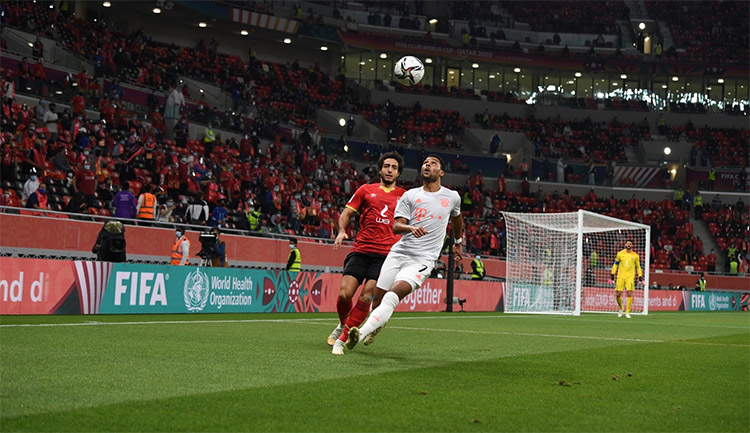
11 October 2023 – Mass gatherings, while a source of joy and unity, can also put a strain on health systems and resources. When tens of thousands of people gather for an event, it can create an ideal environment for the spread of diseases – and even disease outbreaks.
The WHO Regional Office for the Eastern Mediterranean is launching a comprehensive framework to stress the significance of proactive preparedness and readiness for mass gatherings, especially in the Eastern Mediterranean Region. The framework, which is set out in “Strengthening public health readiness for mass gathering events in the Eastern Mediterranean Region”, is endorsed by the 70th session of the WHO Regional Committee for the Eastern Mediterranean.
Mass gatherings in the Region range from religious pilgrimages such as Hajj, Umrah and Arba’een to mega sports and other events such as the FIFA World Cup Qatar 2022, Expo 2020 Dubai and the United Nations Climate Change Conferences (COP27 and COP28).
Despite the challenges and risks of mass gatherings, these events also present opportunities for long-term benefits. These may include the development of stronger public health systems and greater awareness of disease prevention among residents and visitors.
Strengthening public health readiness for mass gathering events in the Eastern Mediterranean Region
Public health risks of mass gatherings
Mass gatherings may be well-planned events or spontaneous gatherings of people – both of which can have a huge impact on public health.
Important planned events include Hajj and Umrah, which bring about 10 million people from 182 countries to Saudi Arabia every year. Such gatherings show devotion and unity but also pose health risks owing to many factors. These include close contact among crowds, and the demographics of attendees, which can raise the risk of infectious diseases. Airborne, foodborne and waterborne diseases are a risk, as are sanitation-related infections, including diarrhoeal diseases. During Hajj, for example, respiratory diseases are a big issue, making up a large part of outpatient visits.
Mega sports events, which unite people through sport, also pose health risks. For example, the risk of foodborne disease outbreaks was given top priority during the FIFA World Cup Qatar 2022. An incredible 3.4 million visitors came to the Qatar event to support their teams. The United Arab Emirates invested heavily in infrastructure and smart planning for events like Expo 2020 Dubai, which had over 24 million visitors. These events show the power of working together and acting on new ideas to protect the health of everyone involved.
Collective action for better preparedness
Not only does the Region, with its diverse cultures and events, face many health-related risks, but its health systems also have varying levels of capacity and readiness to respond to the potential threats. The comprehensive framework to strengthen readiness for mass gatherings highlights how important it is to be prepared and details 4 main points towards this goal.
Countries and territories are called on to:
strengthen their public health capacities to be better prepared for mass gatherings;
garner political support to set up systems that use risk assessments to identify areas in need of preparedness and response for mass gatherings;
raise awareness about the risks of mass gatherings to ensure an all-of-community approach to preparedness; and
follow the step-by-step strategic approach to put the framework into action.
This framework is based on real successes. Saudi Arabia’s careful planning for Hajj is a great example of various groups working together to keep millions of people safe. The FIFA World Cup Qatar 2022, Expo 2020 Dubai and COP27 in Egypt also show how good planning and risk assessments can help make large-scale events possible and safe – even during a global pandemic.
But there are still challenges ahead. Better coordination, greater consideration of risks, and strong systems can all help to make events safer. Countries and territories must put in place multihazard plans that cover all possible internal scenarios, as well as mechanisms and plans for cross-border cooperation.
And WHO’s role in sharing information, coordinating efforts and promoting best practice is key in ensuring the success of this journey towards better health readiness – and better health security.





